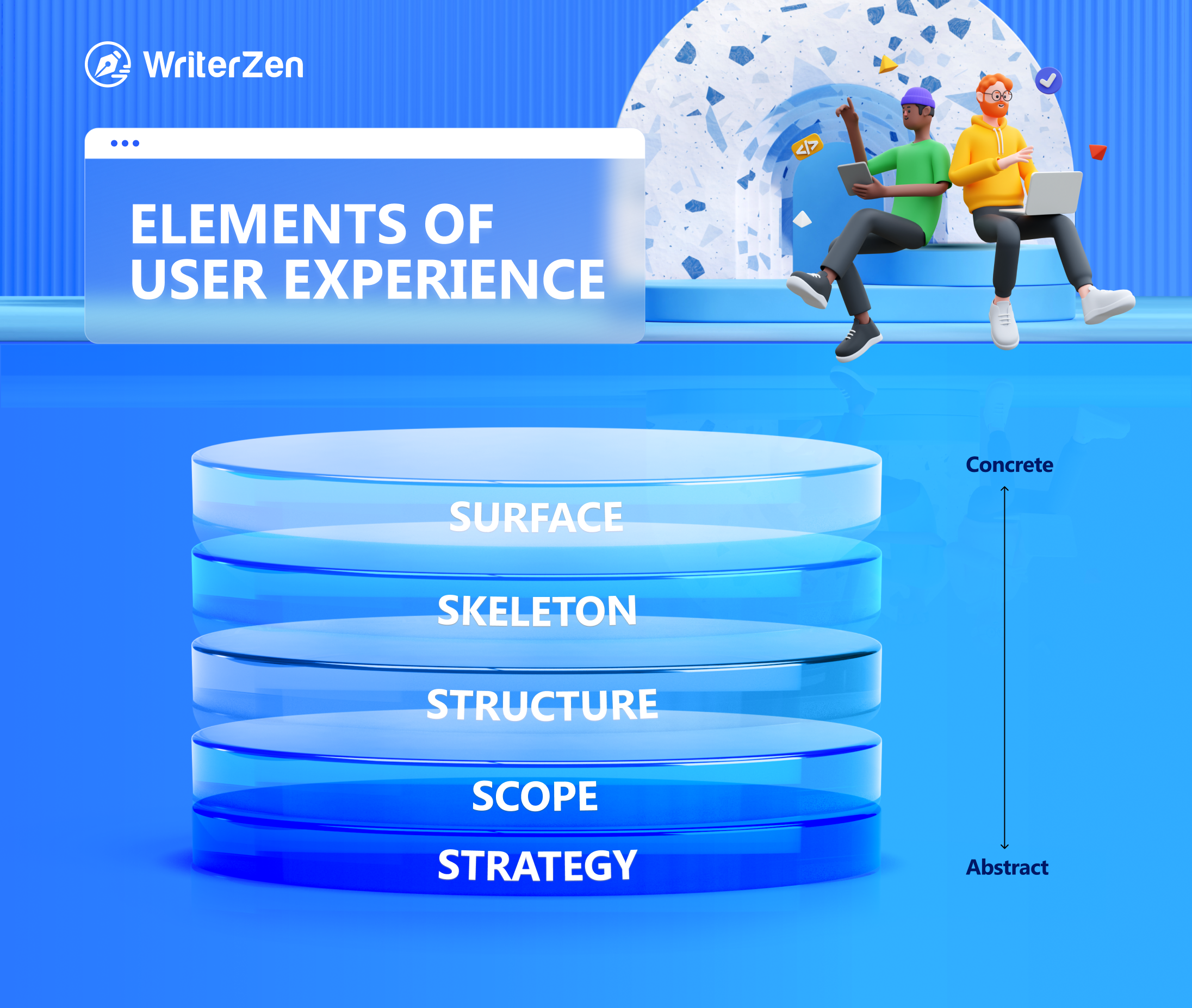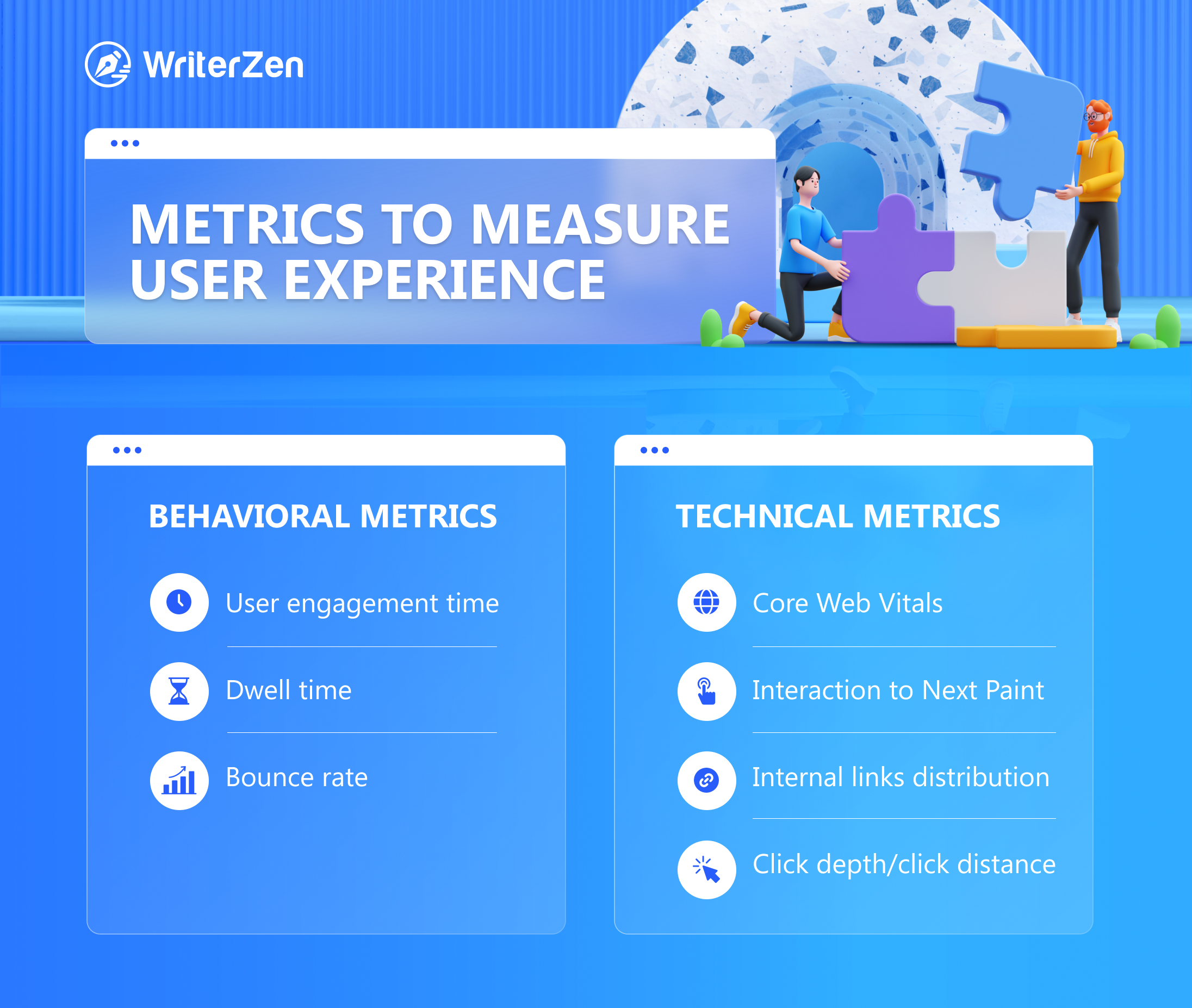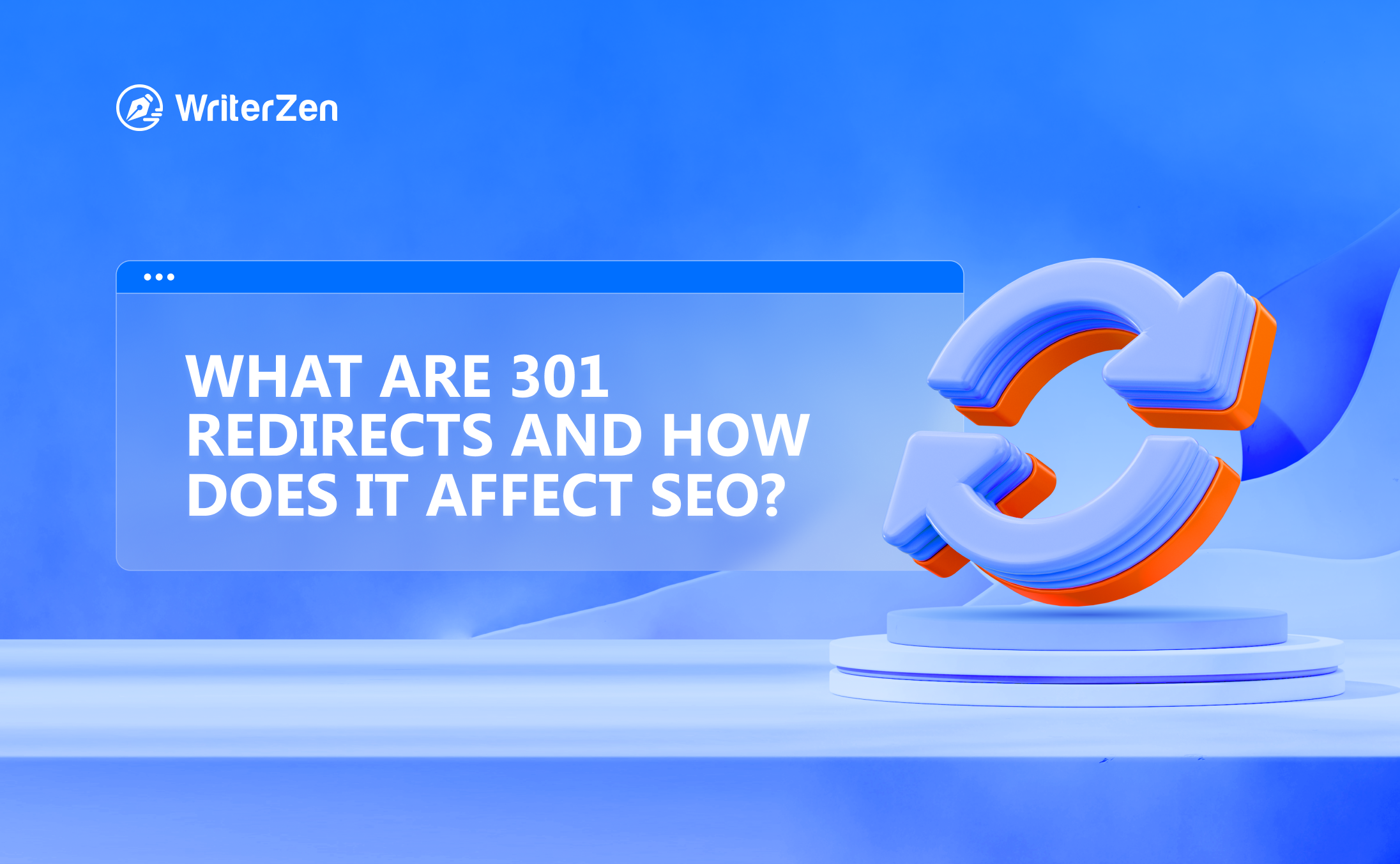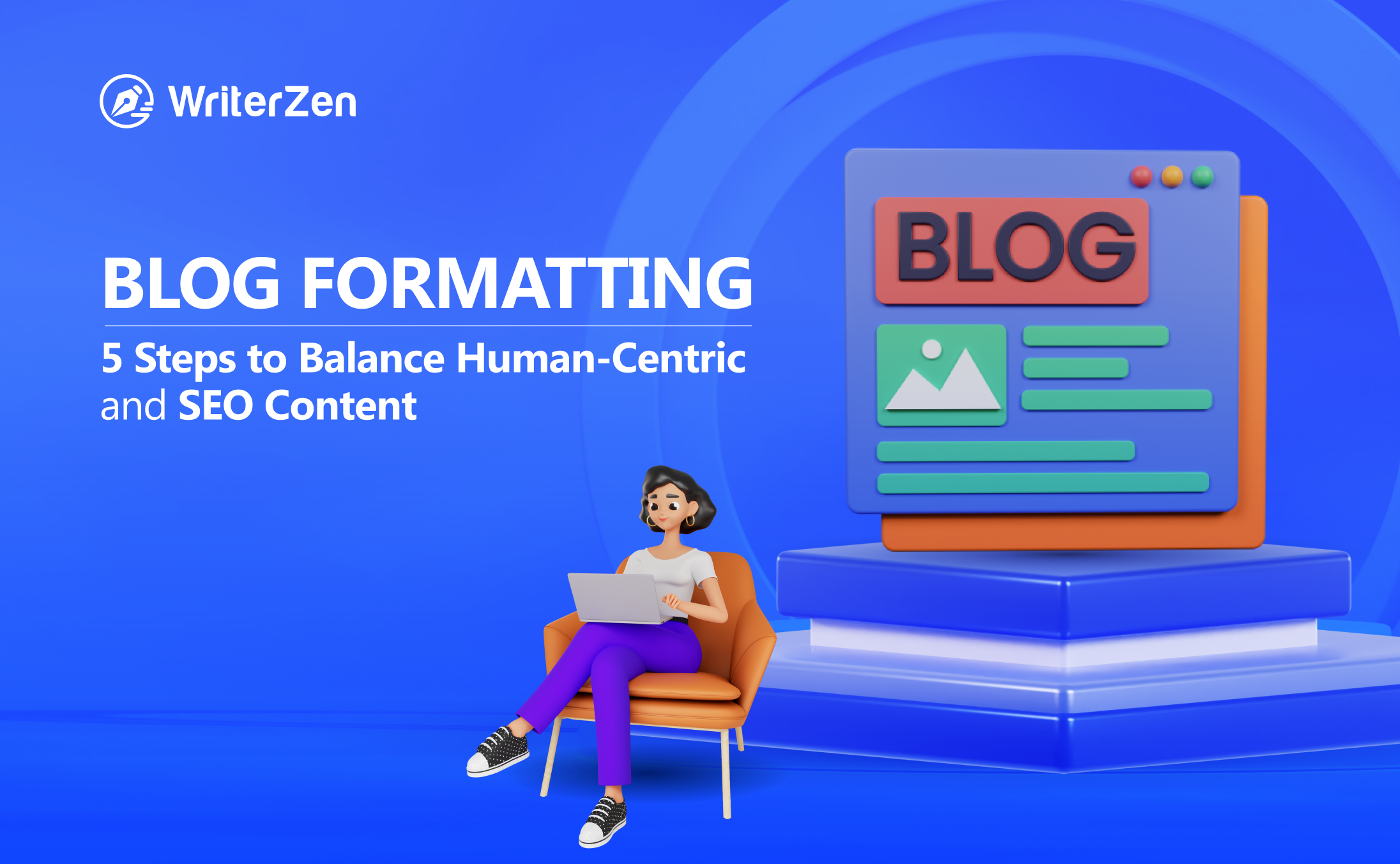The success of any website or online platform relies heavily on User Experience (UX). By understanding the basics of UX and how it affects SEO, you'll be able to create a website that is both user-friendly and optimized for search engines.
Understanding User Experience (UX)
User experience, often referred to as UX, encompasses the overall impression and satisfaction that a person has when interacting with a product, system, or service. It focuses on meeting the needs and expectations of users by providing a seamless and enjoyable experience.
More specifically, according to "The Elements of User Experience" by designer Jesse James Garret, UX includes five elements from abstract to concrete:

-
Strategy: the most abstract element and is made up of the goals, audience, and content. It sets the project's stage and is the other elements' starting point.
-
Scope: the next level of abstraction, and it defines the features and functions of the product.
-
Structure: the element defining the information architecture and navigation systems.
-
Skeleton: the element defining the interface's layout, behavior, and interactive features.
-
Surface: the most concrete element, defining the product's look and feel.
UX involves understanding user behaviors, preferences, and motivations to design products or interfaces that are intuitive, accessible, and user-friendly. The goal of UX is to enhance user satisfaction, increase engagement, and ultimately create a positive and meaningful experience for users.
How User Experience Affects SEO
Page Speed
Page speed directly impacts the user experience as how quickly a user can access the content can make or break their entire impression on the site. Faster page speed can significantly improve user experience by providing a smoother browsing experience; hence, visitors will be more satisfied and less likely to leave your page for another.
A good page speed can be achieved by optimizing images, minifying code, and reducing redirects. Investing in a reliable hosting provider and caching static content can also help improve page speed.
Navigation and Site Structure
Navigation and site structure are essential components of a successful website.
The structure of a website can affect how quickly search engine crawlers can find and index new content. So, a well-structured website can make it easier for users to find the content they are looking for, leading to more page views and higher rankings.
Accordingly, navigation should be easy to use and intuitive for the user. It should also be consistent throughout the site, so the user can quickly identify where to go and how to get there.
Best practices could involve grouping content into categories, creating a hierarchical structure, using search features, etc.
Content Quality and Relevance
Providing high-quality, relevant, and valuable content is vital for both user experience and SEO.
Users should be able to read, understand, and engage with your content easily. Well-written, well-organized content that meets user needs increases user satisfaction, encourages sharing, and improves search engine rankings.
To enhance search engine visibility, optimizing content and incorporating relevant keywords where applicable is crucial. Additionally, incorporating multimedia elements like images and videos can help diversify the content and make it more visually enticing while breaking up lengthy blocks of text.
It is important to ensure that the content is written in a style appropriate for the intended audience and with clear headings and subheadings to help guide readers.
Mobile Responsiveness
Mobile responsiveness is the ability of a website to display correctly and be usable on various mobile devices, including smartphones and tablets. This is accomplished by implementing flexible grids, layouts, images, and CSS queries that adjust to fit the screen size of each particular device.
Mobile-friendly websites tend to have lower bounce rates and higher engagement, leading to improved rankings. Ensuring a mobile responsive website is important to provide a good user experience and optimize SEO rankings, as it ensures easy access and navigation across all devices.
This is becoming increasingly important as more and more people are using their mobile devices to access the internet.
Metrics Used to Measure User Experience (UX) for SEO
It is essential to measure the success of a website's UX to ensure that it is optimized for SEO and whether users are satisfied with it. We will take a look at both behavioral and technical metrics that are used to measure UX.

Behavioral Metrics
Behavioral metrics are data points that provide insight into the ways users engage with a website, application, or any other digital platform.
-
User engagement time: the duration of time that users spend actively interacting with a website or specific web page. It can help determine how much users are enjoying the product and how much they are getting out of it.
-
Dwell time: the amount of time users spend on a page before clicking away. It can be used to measure the effectiveness of a page in engaging users and providing them with the information they are looking for.
-
Bounce rate: the percentage of users who leave a website or an app after viewing only one page. If users leave after viewing only one page, it may indicate that the content is irrelevant to their needs or that the navigation is confusing or difficult to use.
Google Analytics can help you track these metrics at the page level, offering valuable insights into how users engage with individual pages on your website.
Technical Metrics
Technical metrics provide a quantitative assessment of the success of a particular process or system, allowing for more informed decisions to be made. Some major technical metrics include:
-
Core Web Vitals (CWV): measure a page's loading, interactivity, and visual stability. The three metrics that makeup CWV are Largest Contentful Paint (LCP), First Input Delay (FID), and Cumulative Layout Shift (CLS).
-
Interaction to Next Paint (INP): the duration it requires for a webpage to become responsive and interactive.
-
Internal links distribution: the number of internal links a page has to other pages on the same domain.
-
Click depth or click distance: the measure of the number of clicks required to reach a webpage starting from the homepage.
UX Best Practices
In order to create a website or application that provides a seamless and enjoyable user experience, it is important to follow UX best practices. These practices encompass various design principles and strategies that aim to optimize usability, accessibility, and overall user satisfaction:
-
User Research: Gain a comprehensive understanding of the target audience, their needs, and behaviors, as well as design products or services that prioritize the needs and goals of the users.
-
Clear and Intuitive Navigation: Structures should be created to help users find information quickly and easily.
-
Consistency in Design: Maintain consistency in the visual elements, layout, terminology, and interactions throughout the product or website.
-
Responsive and Mobile-friendly Design: Optimize your design to be responsive and adaptable to different devices and screen sizes, ensuring a seamless experience for all users.
-
Usability Testing: Conduct usability testing regularly with real users to identify improvements and uncover any usability issues early on. This allows for valuable feedback to be gathered and user-centered improvements to be made.
Final Thoughts
In this digital age, SEO and UX are interconnected and should be approached holistically. When they are taken into account simultaneously, you can develop a website that not only appeals to search engine bots but also provides a delightful and satisfying experience for your visitors.
At the end of the day, Google prioritizes users’ satisfaction, so it only makes sense for brands to place their visitors at the heart of their strategies, including web design.















